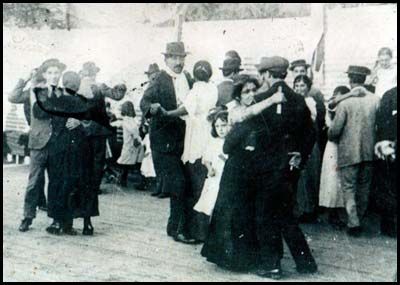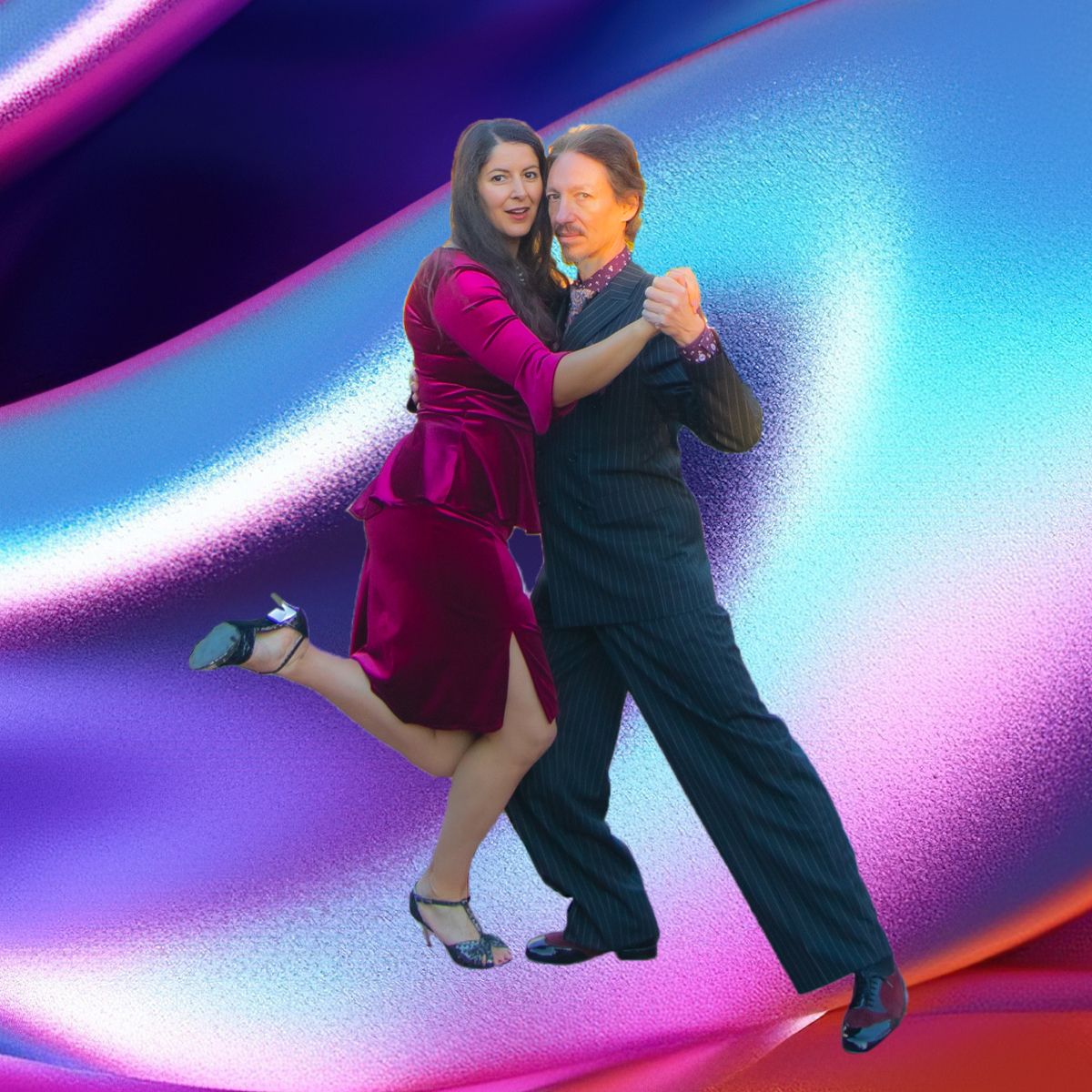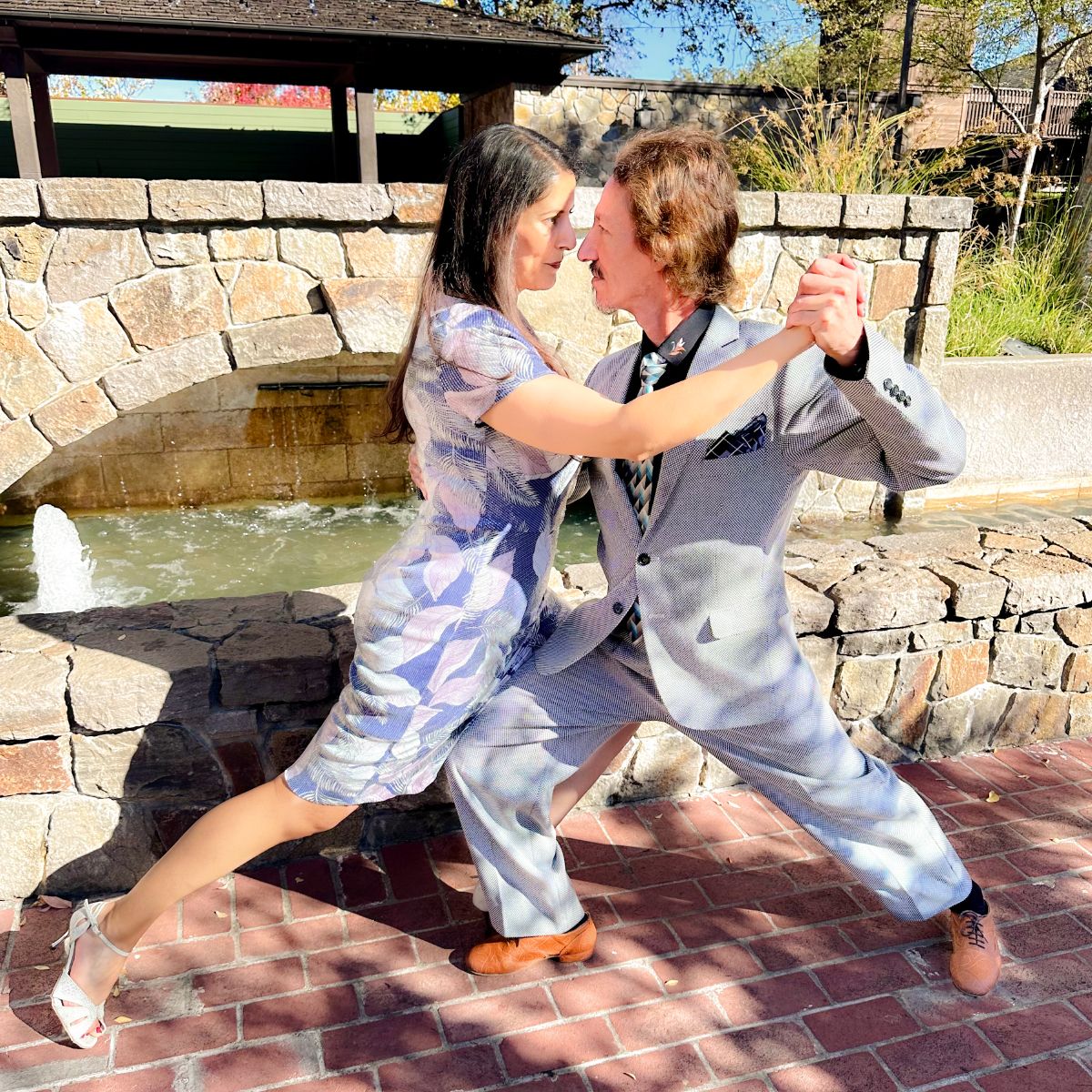
So, you’ve heard about milongas and are eager to join in on the dance floor.
But what exactly do you need to be able to go to these vibrant gatherings of Argentine Tango enthusiasts?
Let me break it down for you.
First and foremost, having basic social skills is key. Just like attending any other social event, you want to present yourself in a friendly and approachable manner. Make sure you’re clean and well-dressed, and be mindful of how you interact with others – whether it’s formal or informal depends on your relationship with each person.
If you’re new to the milonga scene, it’s a good idea to get an invite from someone who’s a regular attendee. This can serve as your bridge into the community and help you integrate more smoothly.
One way to find connections to milongas is through your tango classes. Fellow students who have been attending milongas can often introduce you to the scene.
And if you’re taking private lessons, your instructor can be your gateway to the milonga world. In fact, preparing students for the milonga experience is a primary goal of many Argentine Tango instructors.
Now, don’t feel pressured to dance right away when you attend your first milongas. It’s perfectly okay to just observe and soak in the atmosphere. Remember, the main purpose of a milonga is to facilitate the dance of Argentine Tango among its participants, but this happens naturally as part of the socialization process.
Dancing at milongas should be a choice made freely, without any sense of obligation. So, be considerate of others and never make anyone feel compelled to dance with you. Keep in mind that the beauty of tango lies in its freedom, and dancing under the weight of obligation simply isn’t authentic.
In conclusion, to thrive in the milonga scene, focus on building your social skills, make connections through classes or acquaintances, and always approach the dance floor with a sense of freedom and respect for others. With these principles in mind, you’ll be ready to immerse yourself in the captivating world of Argentine Tango milongas.
 Popular dance or, simply, the milonga
Popular dance or, simply, the milonga









